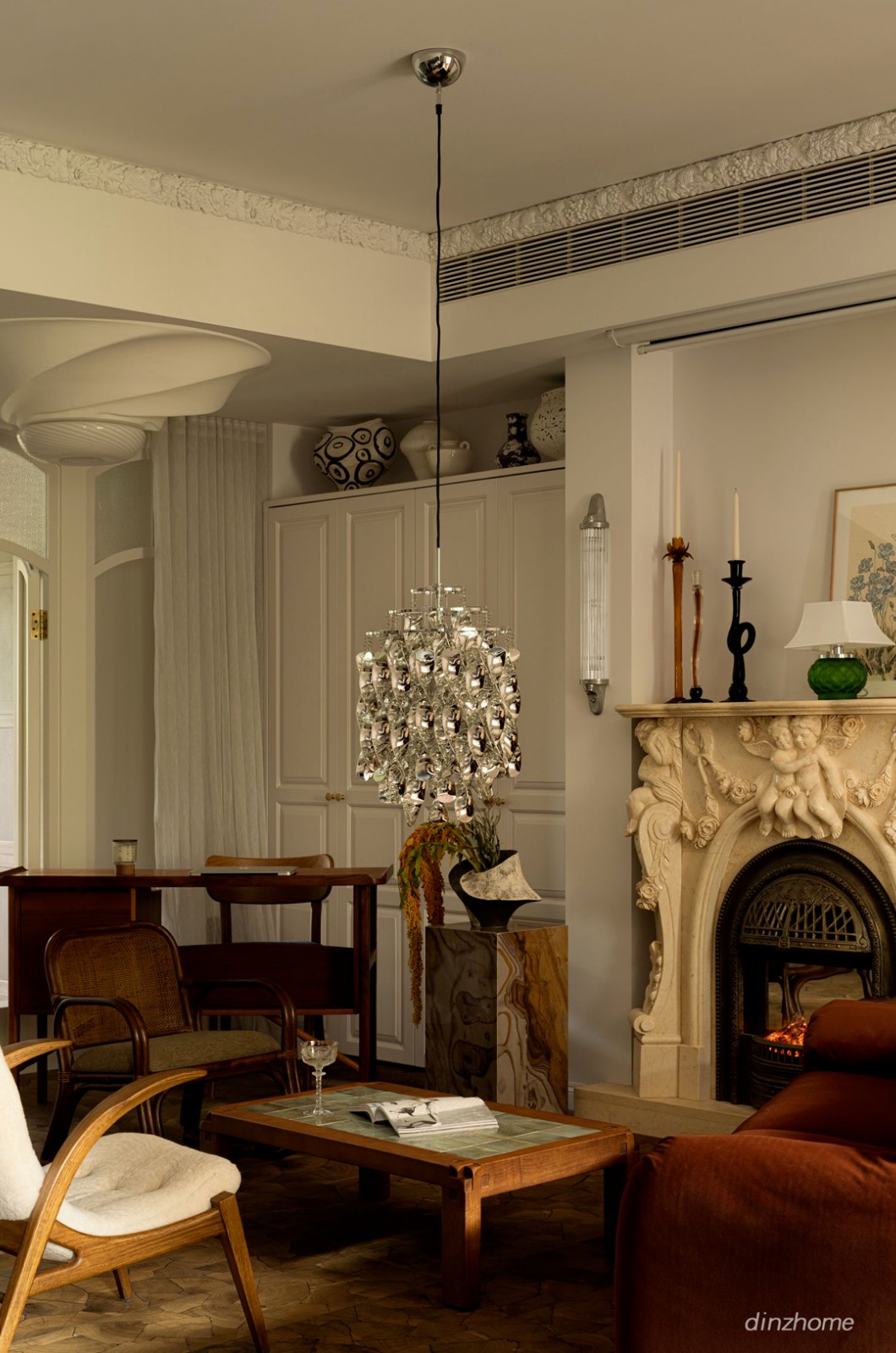ARI Apartments Ola Studio
2015-12-02 17:00
架构师提供的文本描述。ARI是一个商业开发项目,由9套公寓和一层零售租赁组成。这座建筑位于墨尔本的山楂东部,位于历史悠久的砖厂中心奥本村的东面,离原来的砖厂遗址只有一箭之遥。
Text description provided by the architects. Ari is a commercial development comprising of nine apartments and a ground floor retail tenancy. The building is located in Hawthorn East in Melbourne, just east of Auburn Village in the heart of the historical brick-making area, and only a stone’s throw away from the original brickworks site itself.
考虑到场地的位置,该项目调查了除了简单的立面材料之外,简陋砖的机会,并探讨了如何组装这块砖,在建筑围护层上创建详细的图案,这反过来又唤起了一种轻盈和透明的感觉,因为砖的“撞漏”开口不仅为居民提供了隐私,但一个有趣的自然光的发挥,庭院和内部空间。这是对砖对夫妇的“颂歌”,作为当代山楂早期工业史上一个重要元素的提醒,同时展示了如何继续成功地为墨尔本的当代建筑详细介绍这些材料。
Given the site’s location, the project investigated the opportunities of the humble brick beyond a simple façade material and explored how the brick can be assembled to create detailed patterns on the buildings envelope which in turn evokes a sense of lightness and transparency as the brick’s ‘hit and miss’ openings not only provide privacy for its residents, but an interesting natural-light play to the courtyards and internal spaces. This ‘ode’ to the brick couples as a contemporary reminder of an important element in Hawthorn’s early industrial history while showcasing how the material continues to be successfully detailed for contemporary architecture in Melbourne.
在可能的情况下,维护了被拆除和破旧的维多利亚商店的砖块,并将其用作底层道路和庭院的边缘铺路砖,为进入该地点的任何人提供了与该地点过去的实际联系。在拆除过程中,在附近的一堵党墙上也发现了一个有着120岁历史的彩色广告牌。我们努力改变设计,使标志得以保存,不仅为一些外部庭院增添了一个引人入胜的不同点,而且还进一步促进了历史的分层和对过去遗址的承认。
Where possible the bricks of the demolished and dilapidated Victorian shopfront were maintained and used as brick on edge paving for the ground floor pathways and courtyard providing a physical connection with the site’s past for anyone who enters the site. Also during demolition, a 120 year old painted advertising sign was discovered on a neighbouring party wall. Efforts were made to alter the design so that the sign could be preserved to not only add a fascinating point of difference to some of the external courtyards but to further contribute to the layering of history and recognition of the sites past.
一块透明的木条将砖块部分遮挡在街道上,同时将建筑物与地面连接起来,因为砖块在木幕高跷上毫不费力地飘浮。木材屏风笼罩着前一栋建筑的质量,加上一个受限的材料调色板,这座新公寓楼可以同情地坐在伯伍德路(Burwood Road)的维多利亚时代的店面之间。当从后巷看到现场时,大楼周围环绕着过度开发的大型公寓楼,并且适度使用黑砖和穿孔钢使建筑物具有强烈的坚固感和团结感,以确保它永远不会失去它的地方感。
A transparent timber batten façade partially screens the brick mass to the street, while connecting the building to the ground as the brick mass floats beyond effortlessly upon the timber screen stilts. The timber screen ghosts the mass of the previous building, and together with a restrained material palette, the new apartment building can sit sympathetically among the Victorian shopfronts that line Burwood Road. When viewing the site from the rear laneway, the building is surrounded by over-developed large scale apartment buildings and the modest use of black brick and perforated steel allow the building to have a strong sense of sturdiness and solidarity to ensure it will never lose its sense of place.
 举报
举报
别默默的看了,快登录帮我评论一下吧!:)
注册
登录
更多评论
相关文章
-

描边风设计中,最容易犯的8种问题分析
2018年走过了四分之一,LOGO设计趋势也清晰了LOGO设计
-

描边风设计中,最容易犯的8种问题分析
2018年走过了四分之一,LOGO设计趋势也清晰了LOGO设计
-

描边风设计中,最容易犯的8种问题分析
2018年走过了四分之一,LOGO设计趋势也清晰了LOGO设计






.jpg)























.jpg)

.jpg)

.jpg)

.jpg)



.jpg)



.jpg)

.jpg)

























